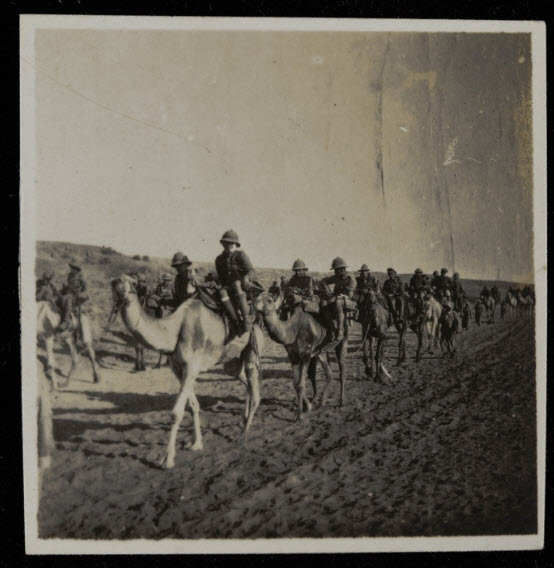A Global Conflict: Nature and Scope
Introduction
A Global Conflict, the fourth module of Adam Matthew’s First World War resource, brings to the portal a wealth of material from Imperial War Museums, the Hoover Institution, The National Archives and Glenbow Museum.
In this module, the primary sources focus on the global nature of the war, in and beyond the European theatres. The material covers the contribution of soldiers who took part from all corners of the world, including colonial territories, and documents events and battles that occurred internationally, in the Middle East, Africa and Russia. Sources from 1918 onwards also offer an insight into the peace negotiations, post-war relief work and regeneration in Europe.
Unique primary sources cover these essential themes:
- Empire and colonial forces, including Canada, Australia, New Zealand, British Africa, French West Africa and India
- The German perspective
- Austria-Hungary and Italy
- The Eastern Front and Russian Revolution
- The Balkans
- Africa and the Middle East
- Gallipoli
- The war in the Far East
- Chinese labourers
- Air raids
- Blockades and the war at sea
- US involvement
- Portuguese troops on the Western Front
- Occupation
- Versailles and the Paris Peace Conference
- Relief Work and regeneration
- Demobilisation
Highlights include:
- Personal papers and diaries of Russian soldiers and overseas aid workers, including letters, medals and telegrams.
- American National Red Cross papers, including correspondence and reports for areas such as Serbia, Palestine, Germany and China. It details efforts by charities and organisations to help repatriate citizens and POWs and to help countries get back on their feet.
- Kellogg Papers and Friends’ War Victims’ Relief records, covering efforts by the United States and other countries to help support other countries in the war years and immediately afterwards.
- The Monkemuller Collection, offering the German perspective on activities during the war years.
- Official UK government documents from the Admiralty, Royal Air Force, Cabinet Office, Colonial Office, Foreign Office and War Office, relating to many different nations and areas of conflict across the world.
- Canadian material from the Glenbow Museum, including many personal accounts via diaries, sketchbooks, letters, photographs and postcards.
- Manuscript and print collections from Imperial War Museums, including a large number of diaries and private papers from people stationed in a range of countries including Turkey, Gallipoli, Russia and Africa, in prison camps and on naval battleships.
- British Red Cross collection, containing official reports of their work in other countries, particularly India.
- Rare photographs covering Siberia, the Middle East, the Far East, the Western Front, Malta, the Balkans, Gallipoli, India, Germany and Portugal.
- Artwork from the Imperial War Museums collection.
- Proclamations containing propaganda or orders from either the government or occupying forces, from Russia, Malta, the Middle East, Australia and Ireland.
A wealth of secondary sources supplements the rich primary material, including:
- An updated illustrated chronology presenting an overview of significant dates and events.
- Case studies on key themes presented in the primary sources
- Contextual essays from academics and collection specialists
- 360-degree object gallery featuring various military items, including swords, weapons, mines, bombs and flags that were used by soldiers across the world.
* Please note: If you have purchased Module 4 only, you will not have access to the documents and primary source links within the secondary contextual material of Modules 1-3.


